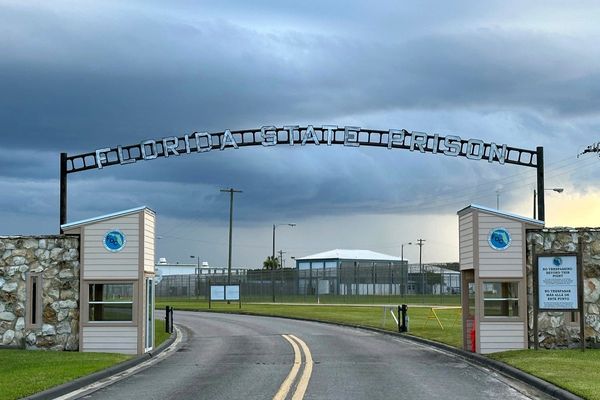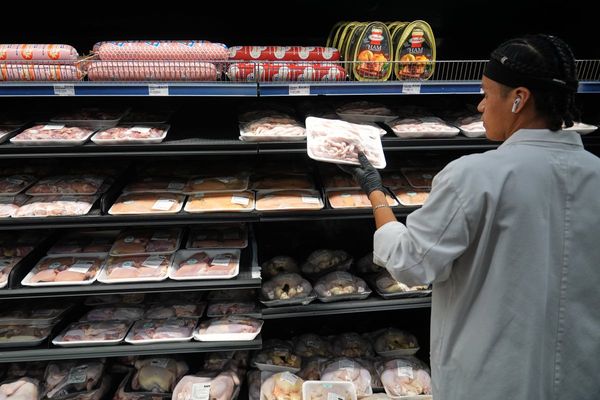"NOTHING new in it,” grumbled gathered hacks in Bute House pouring over the details of the updated case for independence published on Monday by the Scottish Government.
Most of what has been contained in it is indeed not “new”, but it does confirm the official position of the pro-independence side of the constitutional debate on key issues such as currency, borders and the kind of country we might expect to live in after a Yes vote.
The document, called “A stronger economy with independence”, needs to convince voters the things it pledges can not only be delivered but also that they are better than the status quo.
Some of the headline proposals are easier sells than others. Pledging a fairer, more socially-just economy, which focuses as much on the wellbeing of Scots as it does growth is unlikely to rustle many feathers.
Others, like the creation of a Scottish pound and its implications for joining the EU, are tricker arguments to which the Government is now committed.
These are the key points from the third paper in the series of documents outlining the updated case for Scottish independence.
Scottish pound
Scotland will keep sterling for an undefined period of time after leaving the UK, the Scottish Government has said, while work goes on to set up a new Scottish pound.
Announcing the plans, First Minister Nicola Sturgeon repeatedly refused to give a deadline for when the new Scottish currency would be fully adopted.
Doing so would “undermine the careful, managed, phased process” of adopting a new currency, she said.
Sturgeon added that she would like to see the period of using sterling be “as short as possible” but that being “tied to a timetable” could see the new currency introduced at the wrong time.
Using sterling would create some problems for an independent Scotland. Its monetary policy would be set by the Bank of England and it would not be able to join the EU until a new currency is established.
Scotland would also not seek to join the euro, Sturgeon said, adding that this would not be “right” for Scotland.
While using another country’s currency would stop Scotland from re-joining the EU, the First Minister stressed it would not block the process of applying for membership of the bloc. She said she envisaged the process of setting up the Scottish pound and applying for EU membership to happen in tandem.
The new currency would be backed up by a central bank, which the First Minister said would be set up by day one of an independent Scotland.
It would act as a banker for the Scottish Government as well as being given a mandate to ensure “financial stability” and oversee financial regulation in Scotland, the paper states.
It would support the development of the Scottish pound and back the currency with a mixture of foreign reserves which the Scottish Government said would be carried over from the UK, the levels of which would be determined during independence negotiations as well as through borrowing.
The document outlines three criteria that would need to be met before the Scottish pound would be introduced. They are:
- Key fiscal, financial and monetary institutions must be in place
- There must be “market confidence” in the overall economic strategy in Scotland
- Adopting the Scottish pound would need to be in the “economic interests of Scotland” and would improve the economy’s competitiveness and economic resilience
Then, it details three key requirements which need to precede the transition to the Scottish pound. They are:
- The Scottish Bank must have “established its credibility” and other financial institutions would need to command confidence
- It would need to hold “sufficient” reserves of both foreign currencies and sterling
- Scotland as a whole would need to be “fiscally sustainable”
Austerity?
The paper sets out at length the economic case for independence in opposition to the policies of the Conservatives in Westminster and the First Minister emphatically said she “rejects” austerity, calling it immoral and unsound economically.
Asked if the first years of independence would require public spending cuts, increased borrowing, tax hikes, or a combination of all three, Sturgeon said her plans for a “windfall” on oil and gas profits – which are currently at record highs – would negate this.
She added: “If we take that windfall opportunity [to tax fossil fuels] to invest in infrastructure not only can we accelerate the transition to net zero but we can kickstart the kind of growth that helps us much more than making cuts or increasing taxes would do to grow the economy and in the medium-term get our finances onto a sustainable standing.”
Public spending post-independence would be constrained by “fiscal rules”, the First Minister added.
The aim of these rules would not be to “balance the books” in the immediate instance, but to do so over a longer period of time without introducing austerity measures.
Better Scotland Fund
The windfall tax mentioned earlier would be invested in what the Scottish Government have called the Building a New Scotland Fund.
This would be similar to the Norwegian oil fund and the paper said the fund could provide as much as £20 billion for investment intended to move Scotland to a climate-neutral country as well as reducing inequality.
Projects which the Scottish Government envisages benefitting from the reserve of cash include making homes more environmentally friendly, supporting green energy projects including hydrogen, improving internet access in remote parts of the country and reducing Scotland’s reliance on roads for the transport of goods and people.
Through Europe, growth and borders
A key plank of the Scottish Government’s plans to have a thriving economy involves re-joining the EU, which will be delayed by the introduction of a new currency.
While re-joining the EU would necessitate checks on goods between Scotland and the remainder of the UK, the paper states that Scotland’s exports to the EU are more valuable than those to rUK.
Sturgeon suggested that increasing trade with Europe would compensate for the risk of declining commerce with the UK.
She said: “If you look at – and I’m not suggesting that Scotland would automatically emulate the experience of any other country, we need to take our own decisions and earn our own success – but just as an illustration, if you look at the experience of the Republic of Ireland when it joined theEU back in the seventies, it massively diversified its trade away from, what at that time was substantially reliant on the UK market towards the European Union.
“There is an opportunity for us to diversify trade.”
She said most of what is traded between Scotland and the rest of the UK and that after independence and after re-joining the EU, Scotland should seek to have a “bilateral arrangement” with the UK to ensure that is maintained.







